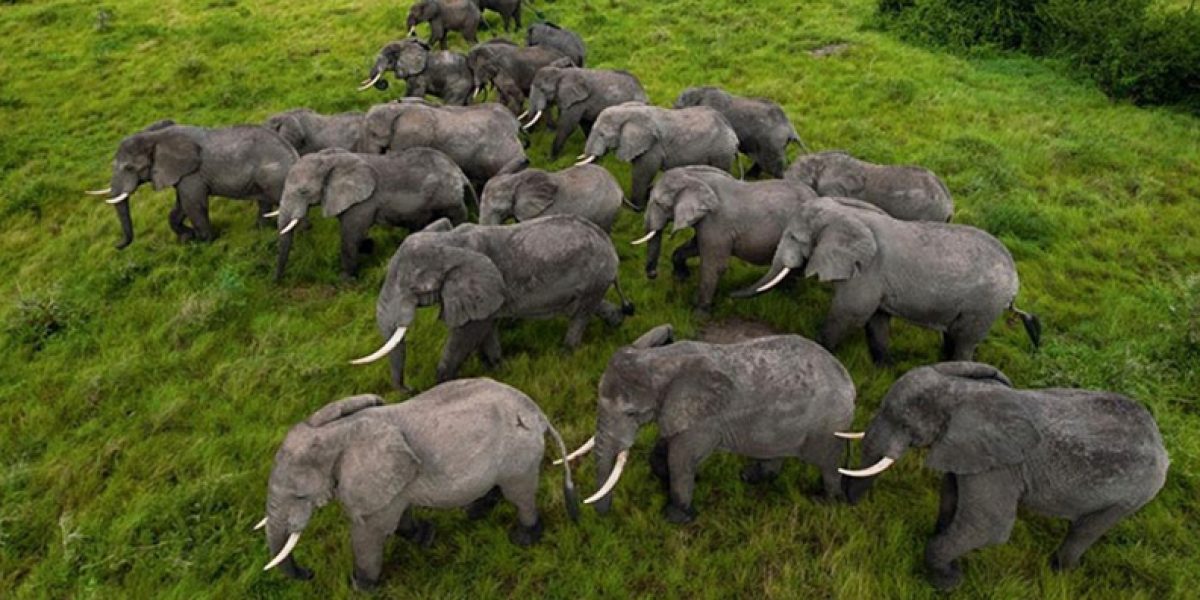It is therefore imperative that demand-reduction campaigns help consumers to make the link between elephant poaching and ivory consumption. At the same time, however, for as long as community members perceive ivory to be of a higher value than a living elephant the illegal killing will continue. It is thus crucial that community members are incentivised to conserve rather than kill (or enable the killing of) elephants. However, even if the illegal killing were to stop altogether in the next two years, habitat loss remains a significant threat to securing a future with elephants. Outside of formally protected areas, the land-use choices made by local communities will determine the extent to which wilderness landscapes are preserved.
This paper interrogates community-based natural resource management (CBNRM) as the preferred policy vehicle through which to achieve benefit transfer to local communities that live with or near elephants. It also suggests ways in which CBNRM can be improved, in light of a changing international ivory and general development landscape. It begins with a historical overview of CBNRM in Southern Africa before examining its success in improving rural livelihoods without sacrificing biodiversity preservation. It concludes by highlighting some of the lessons learnt and considerations for the improved institutional design of CBNRM programmes.
One salient lesson is that institutional design needs to improve accountability and transparency within the decision-making structures of communities and governments to ensure revenues are distributed fairly. Such design needs to be incentive-compatible with local values or it runs the risk of being undermined by competing development priorities. There is also a need for continued, long-term support – too many donor-funded projects end prematurely, before the programme and its institutions have become self-enforcing and therefore sustainable.








